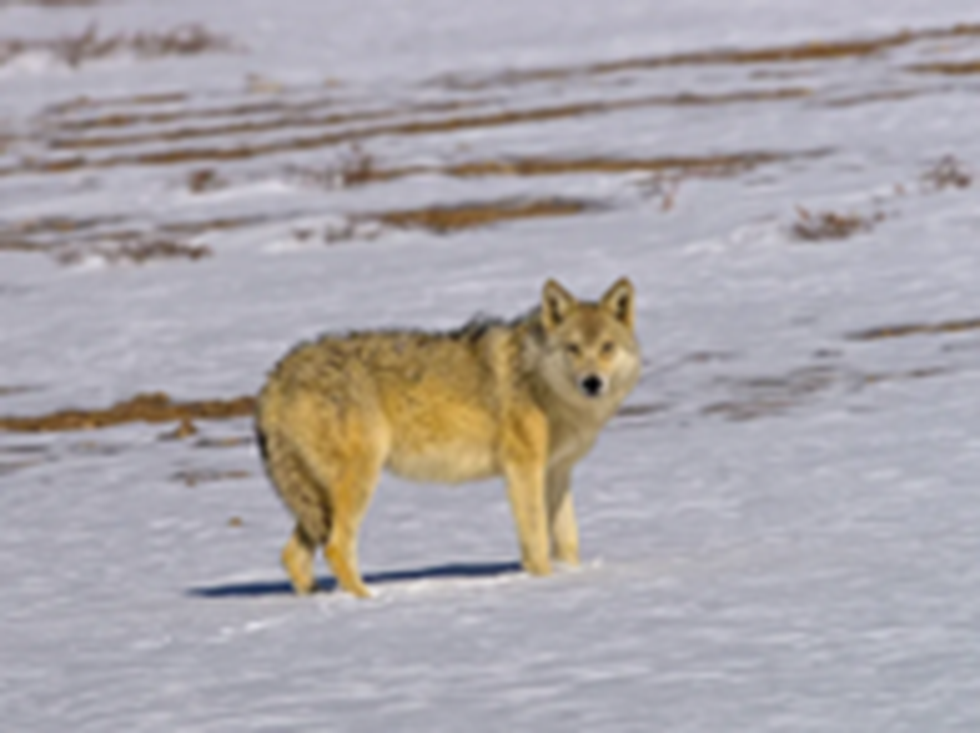The Himalayan Wolf (Canis lupus chanco), a notable lupine predator inhabiting the Himalayas, whose taxonomic status was a long-standing mystery, has undergone its inaugural assessment on the International Union for Conservation of Nature (IUCN) Red List, yielding unfavorable results.
This creature has been assigned the status of ‘Vulnerable’ on the IUCN Red List following the evaluation conducted on June 27, 2023.
The assessment specified, “The Himalayan Wolf Canis lupus ssp. chanco is classified as Vulnerable under C2a(ii) based on a population size estimate of 2,275-3,792 mature individuals, relying on the best available data, while also acknowledging uncertainty in this estimate.”
All identified individuals were found within a singular subpopulation spanning the Himalayan range of Nepal and India, extending across the Tibetan Plateau.
The assessment expressed concern, noting, “…A continuous decline (in the population) is suspected considering ongoing substantial threats towards the population and lack of conservation action.”
India, encompassing 227-378 mature individuals in its Himalayan region, played a significant role in this classification. The Red List assessment based its findings on the estimate of 378-630 total individuals in the Indian Himalayas, as determined by Shivam Shrotriya, a Wildlife Institute of India researcher, in 2020. However, it acknowledged the potential presence of additional individuals in Uttarakhand and Sikkim states.
A study conducted in 2018 by a collaboration of British and Nepalese researchers had earlier confirmed the Himalayan Wolf as a genetically unique clade/lineage/race of wolves, emphasizing the urgent need for conservation.
Subsequent years witnessed intensive research on the Himalayan wolf, an endeavor paralleled by concerns raised in the IUCN Red List Assessment regarding the ‘continuing decline in area, extent, and/or quality of habitat’ for these wolves.
The assessment highlighted various threats, including depredation conflicts arising from high livestock abundance in wolf habitats, habitat modification, encroachment, depletion of wild prey populations, and the emerging threat of hybridization with dogs in Ladakh and Spiti.
Illegal hunting for trade in fur and body parts, such as paws, tongues, heads, remains a challenge. The assessment acknowledged that hunting is not legal in all range states.
To bolster the protection of Himalayan wolves, the IUCN suggested several measures, including securing and restoring healthy wild prey populations, improving livestock guarding methods, managing feral dog populations, and promoting trans-boundary conservation efforts.
Furthermore, the assessment called for the incorporation of the Himalayan Wolf into conservation programs, aiming to garner public acceptance and reduce persecution.
